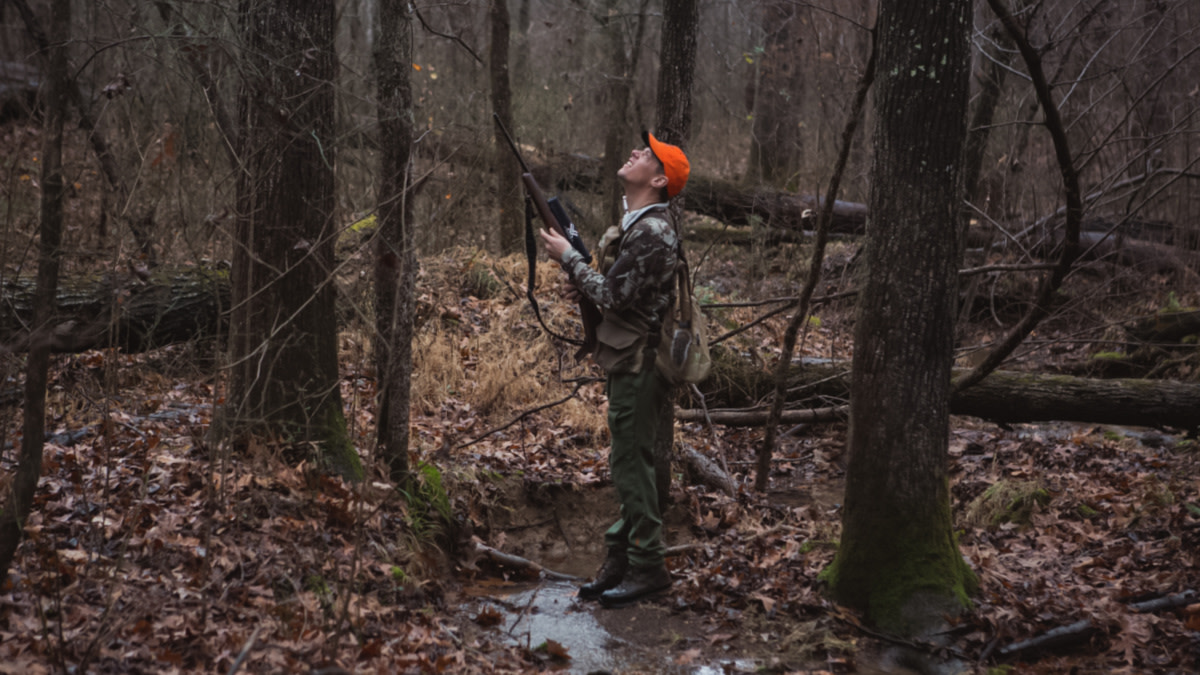
I considered writing this article as an actual poem—something like John Keats’ “Ode to a Grecian Urn,” but with more pizazz and less skill. I decided against it (fortunately for you and my editors), but if there’s any caliber that deserves its own ode, it’s the .22 Long Rifle (LR).
My introduction to the fabled double-deuce took an unorthodox course. I didn’t grow up with guns around the house, so I don’t have fond memories of father-son squirrel hunting excursions. In fact, when I started shooting, I didn’t get the appeal. Why, I wondered, does everyone seem to love this slow, puny caliber that can’t take game larger than a coyote?
I was dead wrong, of course. I’ve since realized that shooting a .22 LR is about as much fun as you can have at a gun range. The .22 LR is cheap, easy to shoot, and offers just as much (if not more) challenge and versatility than its big brothers. If you’ve yet to become a rimfire aficionado, consider this your wakeup call.
History
In “Cartridges of the World,” Frank C. Barnes claims that the .22 LR “has established a place so secure it will be with us as long as guns are made.”
I’d be shocked if he’s wrong. The .22 LR is among the most highly developed sporting cartridges in existence, and its popularity in the target shooting and hunting worlds hasn’t diminished since its introduction in 1887—if anything, it’s grown.
As with all things that attain legendary status, there is some confusion as to the .22 LR’s origin. Some online sources suggest the .22 LR was introduced in 1884 by the Union Metallic Cartridge Company. But Barnes uses old ammunition catalogues to argue that the .22 LR was developed by the J. Stevens Arms & Tool Co. in 1887. You can do your own research, but my money’s on Barnes.
Stevens Arms used a .22 Long case loaded with a 5-grain black powder charge and a 40-grain bullet. Remington introduced the first high-velocity variant (something we’d be more familiar with) in 1930, and today’s most popular options come in 36-, 38-, and 40-grain varieties.
Options
The .22 LR has been one of America’s most popular calibers since its inception, and that popularity translates to a huge range of options, both in terms of ammunition and firearms.
If precision shooting is your thing, you can get match-grade .22 LR that, paired with a high-quality rifle, can put 10 shots through more or less the same hole at 50 yards. Match-grade ammunition is more expensive than the bulk stuff, but Federal offers a 40-grain Gold Medal High-Velocity Match load for only $0.14 per round. Compared to centerfire options, that’s peanuts.
For the volume shooter, .22 LR can be had for even less. Federal also offers a bulk pack of 1,375 36-grain standard-velocity rounds for $105—or less than $0.08 per round. I’ve seen it elsewhere for even less.
Gun companies have used every type of action to develop firearms chambered in .22 LR. Bolt-action rifles are most popular for target shooting competitions, but I’ve seen semi-auto rifles that shoot the lights out as well. Lever- and pump-action rifles are fun and great options for young shooters but they aren’t known for their pinpoint accuracy.
Applications
The low cost of the .22 LR lets you do more of whatever you love—and you have options!
Though whitetail have and will continue to be taken with a .22 LR, we wouldn’t recommend it. But it’s more than enough for coyote-sized animals at appropriate distances (50 to 75 yards), and it’s devastating in the squirrel woods. The .22 LR is preferred for small game because it’s fast enough to kill cleanly but not so powerful as to damage too much meat. We even named it one of the five guns that every hunter should own.
You don’t have to stow your .22 LR when hunting seasons ends, either. Shooting competitions like the NRL22 have blown up in the last five years, and with good reason. Many competitions are set up like precision-rifle stages (shooting from barricades, moving, etc.), but the distances are much more manageable for most local ranges (50 to 200 yards). That doesn’t mean it’s easy. Anyone who’s tried to hit a 0.75-inch target at 50 yards with a cross-breeze knows that .22 LR shooting requires just as much skill as centerfire competitions at longer distances.
The .22 LR is also perfect for new and young shooters. The relatively quiet shot report doesn’t intimidate those who aren’t used to the experience, and low recoil allows anyone to start putting shots on target immediately. Just last week I took a friend to the range who had never shot a .22 LR. Now he’s researching ways to soup up his 10/22 and texting me potential squirrel hunting pins on onX.
Putting all these applications aside, the .22 LR deserves its own ode because it’s just fun. It has its practical uses, sure, but most people love the double-deuce because they can take 500 rounds to the range and spend an afternoon with their kids, their spouse, or their friends ringing steel, punching paper, and having a blast.
I won’t torture you with my poetry, but someone, someday should write an Ode to the .22 LR. It deserves it.




Conversation